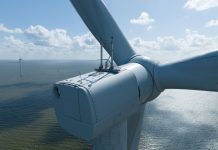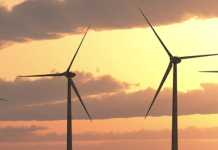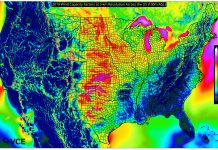LOC Renewables, through its specialist naval architectural and design firm, Longitude Engineering, has announced the expansion of its geoscience consultancy team, strengthening its end-to-end project development capabilities.
The team will deliver a range of services related to the mitigation of ground risk for offshore wind development, from concept to construction and maintenance.
The continued expansion of offshore wind worldwide means developers face new geotechnical and geological design challenges on each project.
With wind farms being built in so many different locations and in combination with a range of different technologies, engineering solutions need to be developed for varied and often difficult ground conditions.
From ground risk management for turbine foundations and cables, through to penetration analyses for vessel movements, the factors that developers must consider can vary greatly.
In addition to carrying out initial desk and feasibility studies, the geotechnical team will conduct detailed site visits and assess geological and metocean conditions to identify the best siting for wind farms and cabling corridors.
Design and analysis
Their provision of marine surveys will span geotechnical design and analysis that supports structural engineers to deliver a successful project.
Sound geotechnical and geological engineering is the bedrock on which wind-farm structures can be installed and is an essential component for managing construction and operation risks.
“While there are many aspects to consider when it comes to windfarm development, the assessment of ground risk is crucial to a project’s success in the construction phase and over its lifetime,” said Cara Watson, newly-appointed lead engineering geologist at Longitude Engineering. “Extensive experience in offshore energy allows us to offer a range of services including geohazard analysis, project planning, survey management, and full ground model development.”
Ground conditions
“Foregoing the adequate consideration of ground risk introduces uncertainties and increases risks that project developers will usually end up paying for later,” said Cath Bradley, lead geotechnical engineer at Longitude Engineering. “For example, without a detailed knowledge of the ground conditions, designers are forced to be more conservative and adopt larger and more expensive foundations for their turbines. “Obtaining the geotechnical and geological ground conditions for a site allows for optimized foundational designs. This, in turn, lowers the risk of damage to equipment, as well as the risk of delays or cost overruns arising from changes to layout, designs or cable routes.”
With a focus on marine survey planning and management, cable routing and burial, and geotechnical analysis including anchor penetration and scour protection studies, leg penetration analysis and foundation design, the team is currently employed on a number of projects across Europe and Asia.
Source: LOC Renewables
For more information, go to loc-group.com/renewables



























